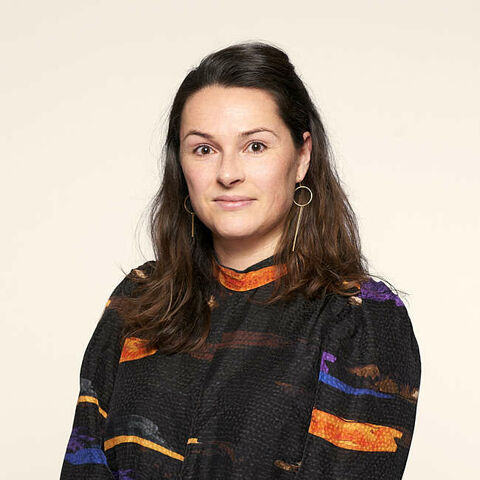Module 1: research (DESIGN THE RIGHT THING)
You will start with learning a hands-on approach to move from a strategic context to concrete projects. You will learn to set up reliable, customer-oriented research to discover real user needs or, in other words, your triggers for innovation.
Along with observation skills, we will also equip you with idea generation and co-creation techniques to gain new insights.You will follow these four first steps of the double diamond process:
- Framing: based on your strategy you will define the scope and focus of the project and map the stakeholders.
- Research: based on your research questions, you and your users will go in search of new data and knowledge through qualitative user research (observation, customer journey mapping, etc.).
- Analyzing research results: which in-depth insights can be gained from your research? And to what valuable and meaningful solutions can they lead for your customers and users?
- Briefing: capturing a synthesis of all previous steps in a starter document, the design brief. You will turn this into an assignment with a sharp focus on meeting user needs. You will also describe how this project strategically contributes to the course you have set as an organization.
After this research phase you will have time to apply the insights to your own organization. This will help you find out the direction your organization should take and what your users actually need. You will be capable of drawing up a clear brief or project, ready to start your own journey.







